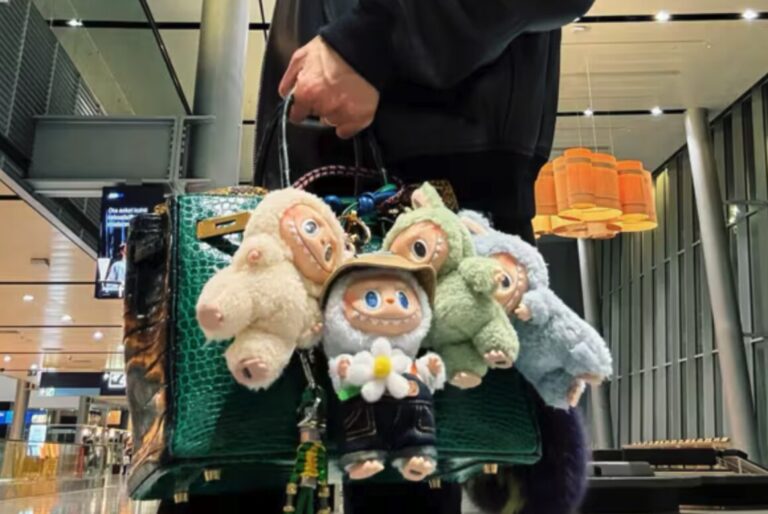If you’re here for more information about mischievous yet adorable creatures all over your social feed, you’re part of the global phenomenon. From limited-edition drops to viral unboxing hauls, Labubu is one of the most talked-about characters in the world of collectibles. But what exactly is Labubu, and why are people around the globe going crazy to add one to their shelves?
Whether this is your first time hearing about it or you’re trying to buy one of the rare ones, this guide will provide everything you need to know. From its origin story and price ranges to where you can buy one and whether it’s worth the hype, we’ve got you covered.
So, what is Labubu?
Labubu is an imaginary character originally designed by the Chinese art toy duo Kasing Lung and How2work. Initially introduced as part of their popular “The Monsters” series, Labubu is a mischievous-looking creature characterized by a toothy grin, pointy ears, and wide eyes. Its appearance hooks people instantly as it is irresistibly cute and subtly creepy at the same time. These two qualities rarely coexist, but they do harmoniously for Labubu.
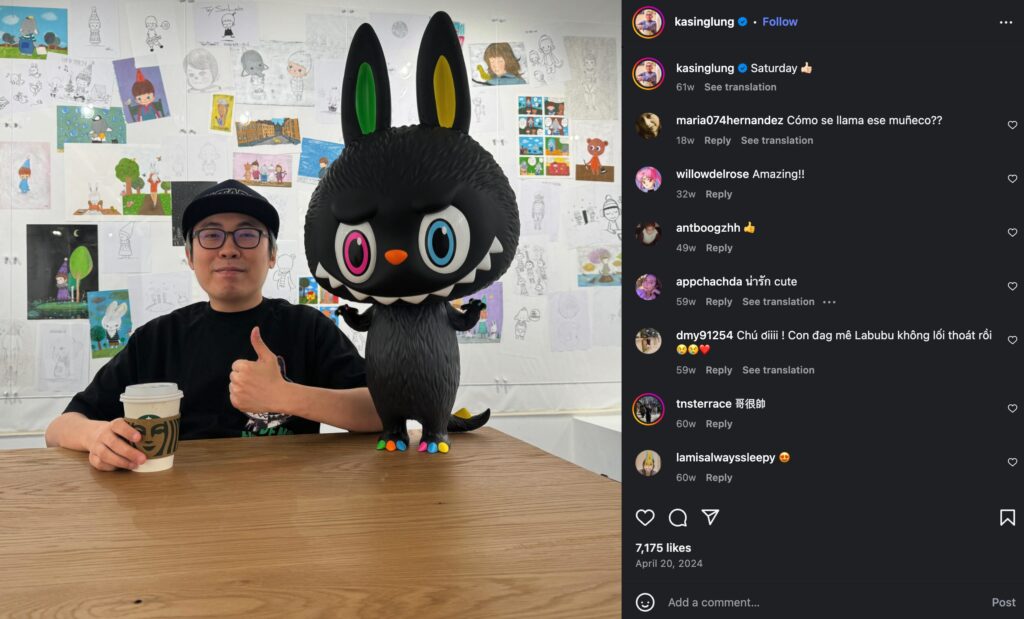
Although Labubu originated from a single artist’s vision rather than a big TV show or shiny commercial franchise, it has naturally grown into a pop culture phenomenon all its own.
Is Labubu Korean?
While Labubu is incredibly popular among Koreans, it is not Korean. The character was originally created by Kasing Lung, a Hong Kong-based artist. Labubu was first launched in collaboration with How2work, a toy production company in Hong Kong specializing in bringing collectible figures of Asian artists to life.
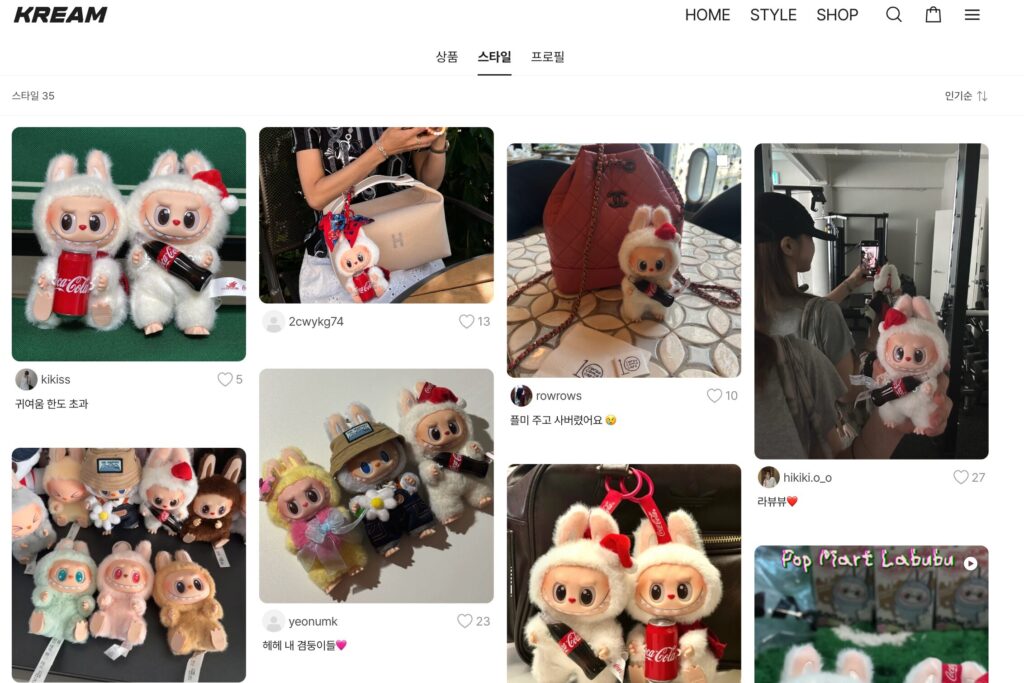
Labubu has a huge fan base in Korea, however, due to its aesthetic appeal and the country’s strong culture around character goods and art toys. This led to many pop-up stores and exhibitions in Korea and may have helped fuel the misconception that Labubu is a Korean character. In a way, it demonstrates how Asian pop culture blends borders and reaches global audiences.
Why is Labubu so popular?
The character’s popularity comes from a set of factors. First of all, its design is one of a kind. The blend of creepy and cute is a signature style that toy collectors love, and Labubu nails that ideal balance perfectly. It’s playful, expressive, and also a little bit weird in the best way possible.
Secondly, it has fun and unique variations, some of which are exclusive. Many Labubu figures are released as limited editions or blind boxes, which means that buyers don’t know which design they’ll get until they open the box. The element of surprise, combined with the rarity of certain variations, has added excitement and engagement for collectors. It taps into the similar psychology that fuels sneaker drops and Korean celebrity photocards.
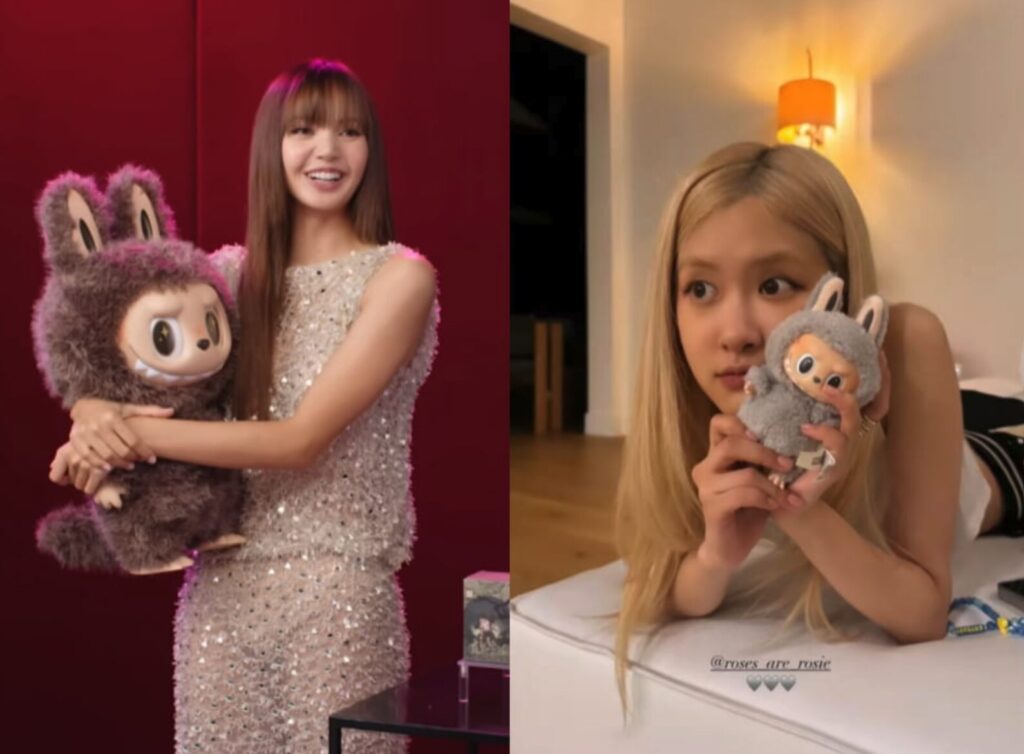
Its rising fame also owes a lot to celebrity exposure, especially from K-pop stars. Members of Blackpink have been spotted with Labubu keyrings on their bags, both in social media posts and behind-the-scenes content. These casual, natural endorsements from global fashion and culture influencers that don’t scream paid advertisements have made demand skyrocket. When global fans see their favorite idols holding something, it instantly becomes much more desirable.
This massive popularity has led to overall scarcity. With every new drop, figures often sell out within minutes. That scarcity, in turn, results in even more demand. Even those who weren’t originally interested suddenly want one, to collect, resell, or be part of the trend. This constant cycle of hype, sell-outs, and skyrocketing resale prices has made the character even more legendary.
And the craze doesn’t stop at the figure itself. A market for its clothing and accessories has taken the obsession to another level. In China, for example, one custom-made outfit for a Labubu doll was recently sold for as much as $215. The Labubu costume industry has been rapidly growing, from affordable, mass-produced items to high-end, artisanal, tailored costumes.
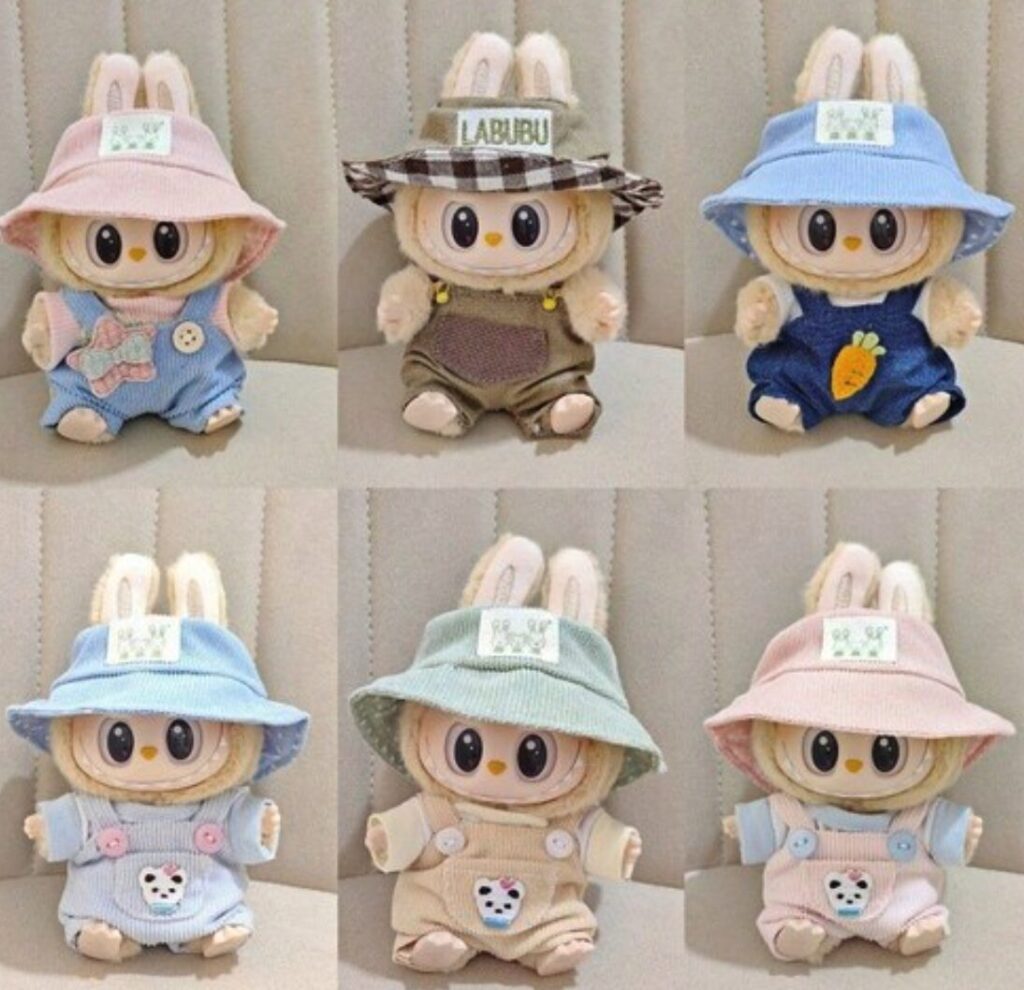
Even in South Korea, this trend is catching up fast. Domestic online marketplaces like Gmarket and Coupang have seen an increase in demand for and sales of Labubu outfits. Many collectors who are invested in dressing up their figures claim that this is so much more than a hobby; it’s a form of self-expression.
This trend makes the character even more social media-friendly. Its distinctive appearance alongside its customizable styles is perfect for Insta-worthy photos, haul videos, and ASMR unboxing content. Each new release and dress-up online now feels more like a cultural moment, rather than just a review.
How much is Labubu?
The price of a figure varies widely depending on its edition, size, and rarity. A standard blind box generally retails for around $10-$20 when it’s purchased directly from the official POP MART store. However, since many popular designs are released in limited quantities, their resale prices can go significantly higher.
On the C2C marketplaces, such as eBay, StockX, and Korean resale platforms like Kream, regular editions can go for anywhere from $50 to over $500. Ultra-rare editions, such as collaborative pieces with other designers or brands, will cost 30-40 times more than their original prices.
If you are becoming obsessed with Labubu figures, beware that the hobby can become an expensive one, especially if you’re not able to get your hands on drops from the official POP MART store.
Where can I get Labubu?

Labubu figures are typically sold through a few main channels. The most trustworthy channel to go to is POP MART, the leading platform for designer toys in Asia. POP MART carries many of Kasing Lung’s blind box series and often releases them online or through physical stores. If you live in a major city, there’s a chance you’ll find a POP MART vending machine or boutique nearby.
Another popular place to buy Labubu is directly from How2work’s online store or their official pop-up events, which occasionally happen in cities like Seoul, Tokyo, and Hong Kong. These events can include exclusive Labubu drops, so they’re worth watching out for.
You can also find Labubu on global online marketplaces like eBay, Amazon, or specialty collectible websites. Just be aware that prices on these platforms are often marked up, especially for rare designs.
For Korean fans, platforms like 29CM, Musinsa, or even Cafe24-hosted niche collectible shops may stock Labubu. It’s also worth keeping an eye on KakaoTalk open chats or Naver cafés where fans trade and resell.
Is Labubu worth it?
Whether Labubu is “worth it” depends on what you value. For collectors, art toy enthusiasts, or anyone who appreciates scarcity, it’s worth the hype. The dopamine from hunting down your favorite figure, the excitement before a blind box unboxing, and the pride in showing off a rare design, whether it’s online or offline, can all be incredibly rewarding and fun.
For more casual fans, however, the high resale prices and the competitiveness of collecting might feel overwhelming. If you’re just looking for a cute figure to sit on your desk, there are so many more alternatives that are more affordable and easier to get.
Given its increasing value in the resale market, which might be temporary, if you treat collectibles like investments, this might be the right one to add to your portfolio. Some collectors even make a side income buying and flipping Labubu figures.
While Labubu may be a passing trend, it certainly is a global phenomenon that’s ongoing right now. Whether you’re a seasoned toy collector or not, there’s something undeniably special about this quirky little creature. Its combination of rarity, charm, and cultural buzz makes it a standout in the world of art toys. So the next time you see that toothy grin pop up on your Instagram feed, you’ll know exactly what the hype is all about. And who knows — you might find yourself joining the Labubu craze too, without even knowing it.

